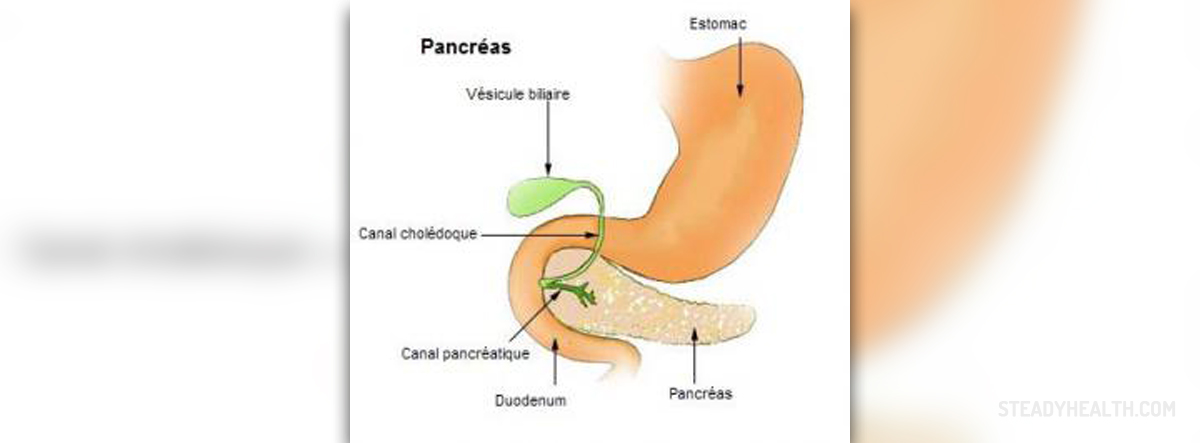
Pancreatitis is an inflammatory disease of pancreas, and it can be divided into acute and chronic form. Acute emerges suddenly, even if pancreas was completely healthy, while chronic form emerges if pancreas is already under some condition. People who suffer from chronic pancreatitis may have several attacks of acute pancreatitis. Obvious difference between those two is that after the acute form is done, pancreas returns to its normal function. In chronic type, constant damaging to pancreas, one a mechanical trauma after another will lead to the total dysfunction of pancreas. Unfortunately, the pancreas cannot return to its normal functioning ever again.
Causes
Some of the most common etiological factors that are related to pancreatitis are illnesses of bladder pathway, acute and chronic alcoholism, after ERCPA (endoscope diagnostic method that can cause pancreatitis), infections caused by several viruses. Meds can also cause pancreatitis with the mechanism of reaction of allergen, or with the mechanism of the toxic metabolites.
Increased levels of triglyceride are also contributing to the occurrence of pancreatitis. Also, there is a hereditary risk. This condition happens suddenly, with signs like nausea and vomiting, increased body temperature, tachycardia and hypotension, sometimes jaundice can happen because of the compression of billiary channel, which is pressured by pancreas. Another basic symptom is strong abdominal pain, sharp when it comes to intensity, constant and localized in umbilical areas with spreading to the back. And usually, pain is more intensive while in the bed, so the patients feel better when they are sitting and slightly bending forward.
Therapy
When it comes to lab results, level of leukocytes is increased, hyperglycemia is also present, and bilirubin levels are increased as well. LDH is increased and its high value is actually a bad sign. Also, increased levels of triglyceride are present. Lipase levels in pancreatitis are more than 160 units per liter. This condition passes relatively quickly after 3 to 7 days. Meds used are analgesic, IV fluid is applied, PER OS is canceled and suction of the stomach content is used. Usually blockers of H2 receptors are used, too. Surgery is applied only if meds do not show any success. This condition might not seem dangerous at the first moment, which is a mistake. Even though it is treatable, it has to be diagnosed first and then dealt with. If that does not happen, unfortunately, even a fatal end is possible. Therefore, regular medical examinations are recommended for everyone.


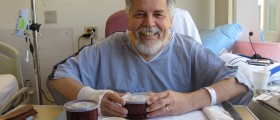
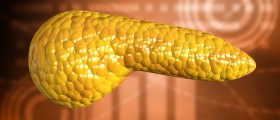



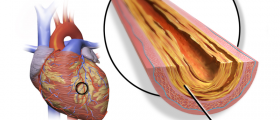
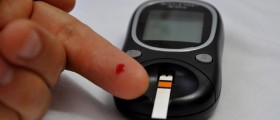


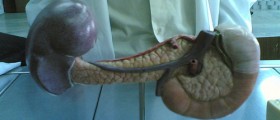
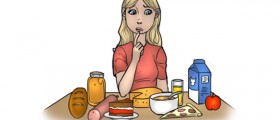
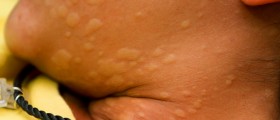
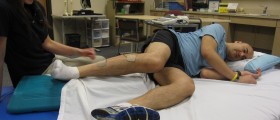


Your thoughts on this
Loading...